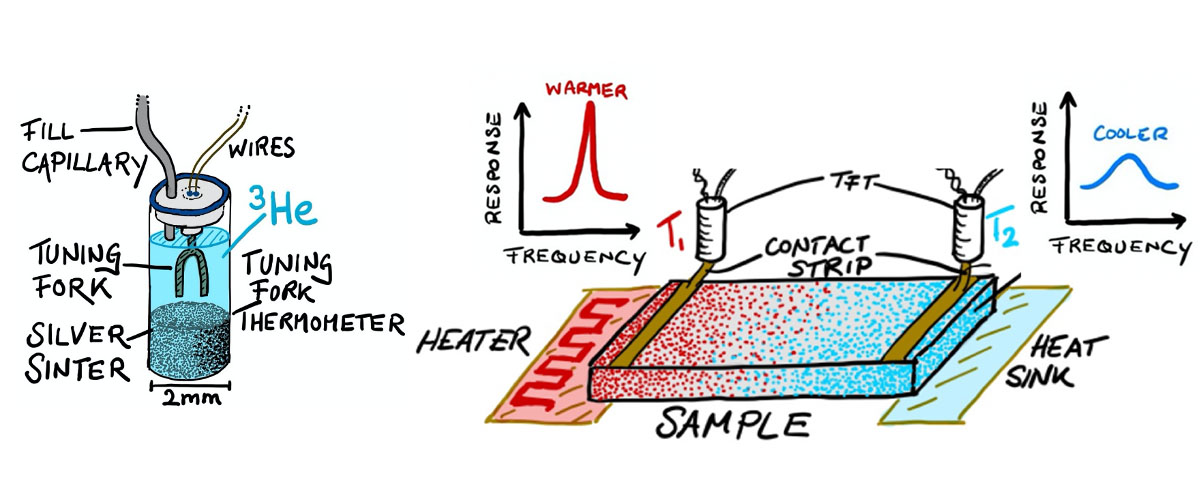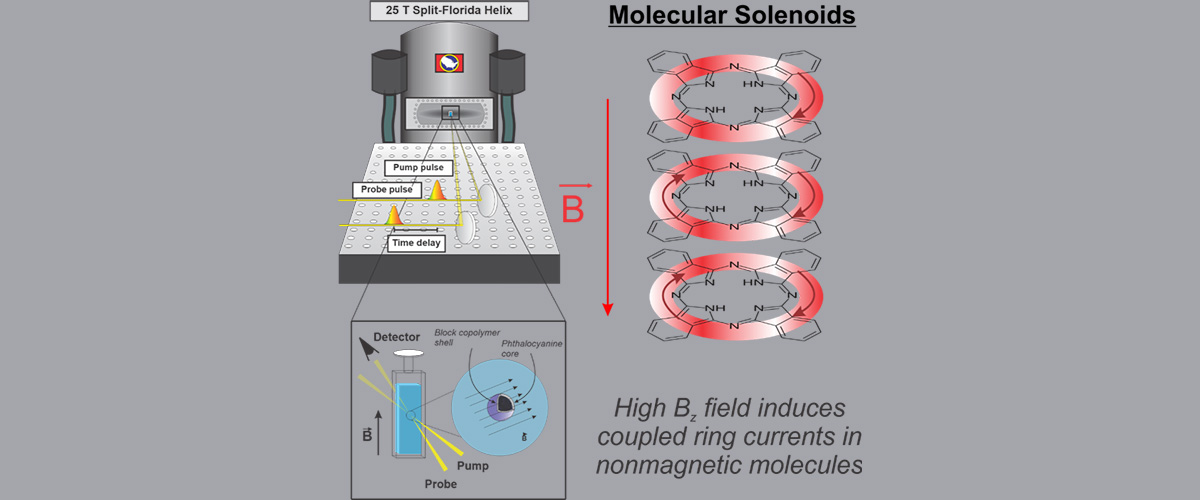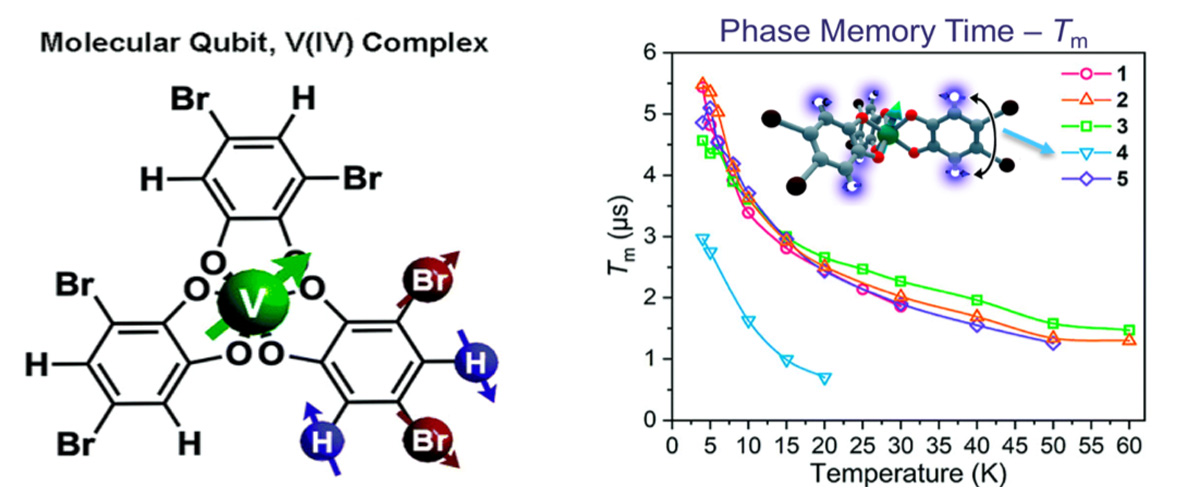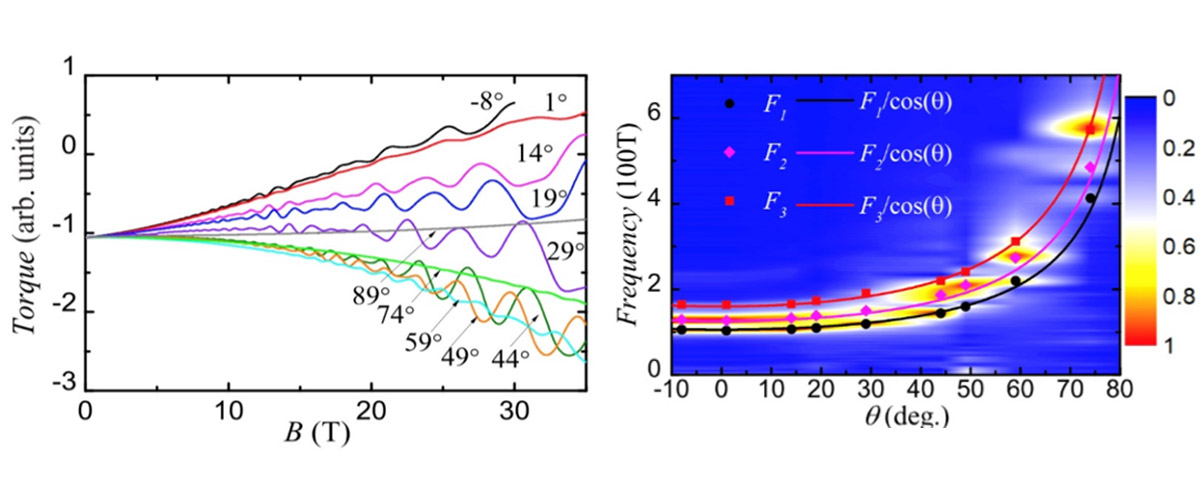What did scientists discover?
The scientists demonstrated that new thermometers based on vibrating quartz tuning forks (the same devices used in quartz watches) – when bathed in liquid 3He - can be used for temperature measurements in extreme experimental environments, such as temperatures of order one millikelvin, even when combined with high magnetic fields.
Why is this important?
Temperature measurements, which seem straightforward at room temperature, become extremely difficult near absolute zero. If the object being measured is a small crystal or microscopic device that is also subject to a high magnetic field, a typical scenario for many experiments at the MagLab, there are limited options for temperature measurements necessary to determine quantities like heat capacity or thermal conductivity. These measurements are fingerprints of the underlying quantum states in the material under study. This experimental work was conducted during the pandemic and involved a graduate student, a postdoctoral researcher, an undergraduate student, and an early career faculty scientist.
Who did the research?
Andrew J. Woods, Alexander M. Donald, Daniel M. Gitlin, Lucia Steinke
National MagLab and University of Florida
Why did they need the MagLab?
The MagLab High B/T facility is the only user facility worldwide that offers sub-millikelvin temperatures in combination with high fields up to 16 Tesla, the extreme environment for which this new thermometer technology is most needed.
Details for scientists
- View or download the expert-level Science Highlight, New High-Magnetic-Field Thermometers for Sub-Millikelvin Temperatures
- Read the full-length publication, Developing compact tuning fork thermometers for sub-mK temperatures and high magnetic fields, in arxiv
Funding
This research was funded by the following grants: G.S. Boebinger (NSF DMR-1644779); L. Steinke (MagLab User Collaboration Grant, 2021-2022)
For more information, contact Mark Meisel.






